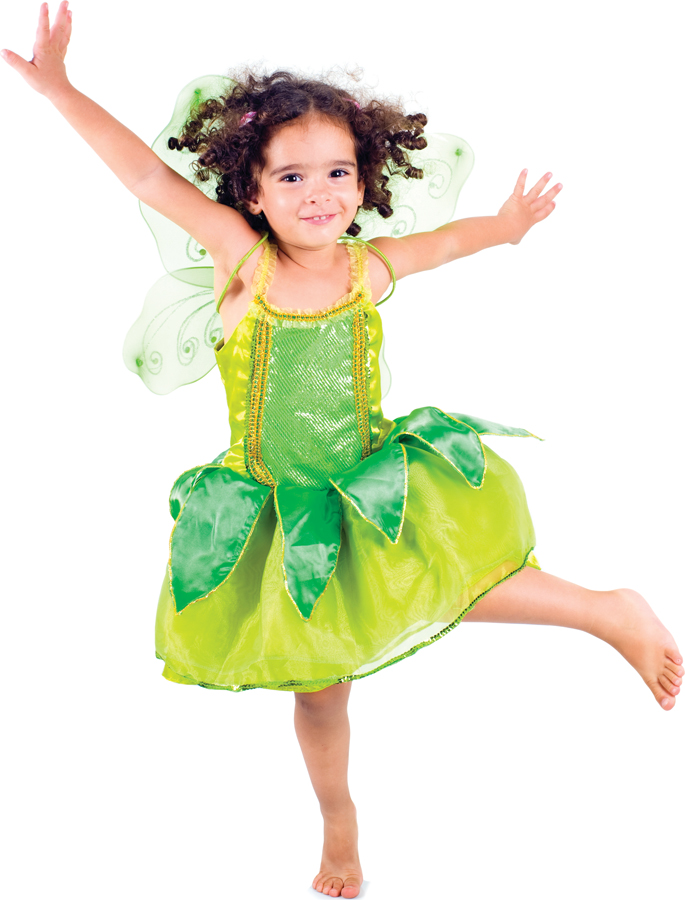Part III: Early Childhood
PART III
CHAPTERS 8•9•10
early childhood
212

213

From age 2 to age 6, children spend most of their waking hours discovering, creating, laughing, and imagining, as they acquire the skills they need. They chase each other and attempt new challenges (developing their bodies); they play with sounds, words, and ideas (developing their minds); they invent games and dramatize fantasies (learning social skills and morals).
These years once were called the preschool years because school started in first grade. But now most children begin school during these years. Therefore, we use the traditional term early childhood.
Of course, these could also be called the play years, since young children love to play, whether quietly tracking a beetle through the grass or riotously turning a bedroom into a shambles. Their words and minds are playful, too; they explain that “a bald man has a barefoot head” or that “the sun shines so children can go outside to play.”
Early childhood—